Most Remote Places in the World
Read this article on the hidden gems throughout the world. Did you know these places existed?
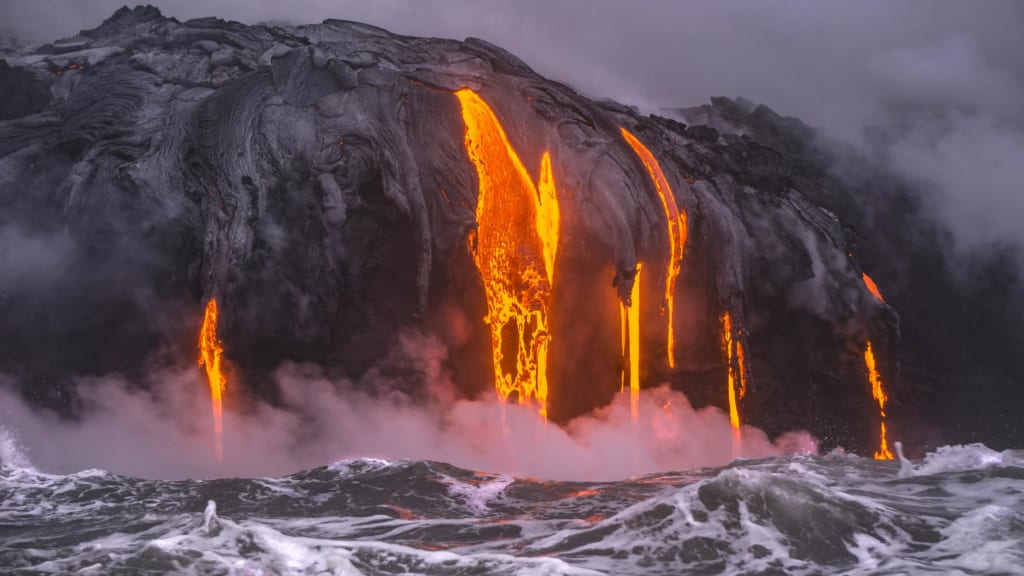
When it comes to remote places, there are still parts of the world that remain relatively untouched by human activity. These places offer a glimpse into a world that has yet to be fully explored, with unique landscapes, wildlife, and cultures that are unlike anything else on Earth. From the icy expanses of Antarctica to the isolated islands of the South Pacific, there are many remote places that few people have ever set foot in.
Antarctica
Antarctica is one of the most remote places on Earth, and it's also one of the least explored. The continent is covered in ice, with temperatures that can drop to -100 degrees Fahrenheit. There are no permanent human settlements on the continent, and the only people who live there are scientists and support staff who work at research stations.
Despite its harsh conditions, Antarctica is home to a wide variety of wildlife, including penguins, seals, and whales. The continent also contains some of the most spectacular landscapes on Earth, with towering ice cliffs, frozen lakes, and vast expanses of ice that stretch out as far as the eye can see.

Greenland
Greenland is the largest island in the world, and it's also one of the most remote. The island is covered in ice, with glaciers that stretch for miles and temperatures that can drop to -60 degrees Fahrenheit. There are only a few small towns and villages on the island, and most of the population lives in the capital city of Nuuk.
Despite its harsh conditions, Greenland is home to a wide variety of wildlife, including polar bears, reindeer, and Arctic foxes. The island is also home to some of the most breathtaking landscapes on Earth, with towering icebergs, rugged mountains, and deep fjords that cut through the landscape.
Pitcairn Islands
The Pitcairn Islands are a group of four small islands located in the South Pacific Ocean. The islands are so remote that they can only be reached by boat, and there are no airports on any of the islands. The islands have a total population of just over 50 people, who live in the only settlement on the island of Pitcairn.
Despite their isolation, the Pitcairn Islands are home to a wide variety of wildlife, including seabirds, sea turtles, and dolphins. The islands are also home to some of the most spectacular landscapes in the world, with towering cliffs, crystal-clear waters, and white-sand beaches that are completely untouched by human activity.
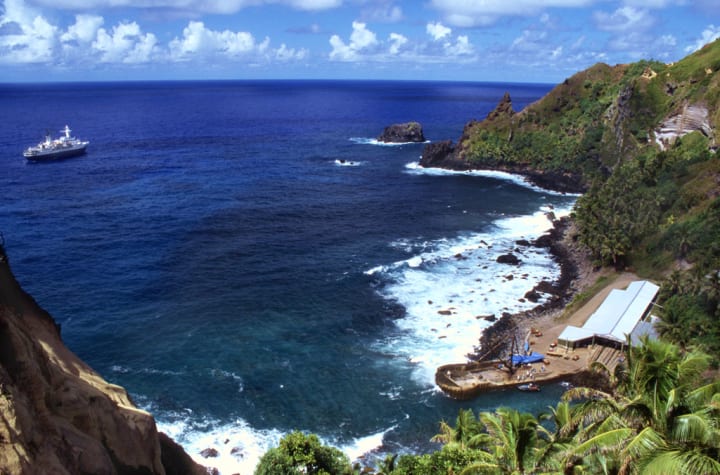
Tristan da Cunha
Tristan da Cunha is an archipelago located in the South Atlantic Ocean, and it's often considered to be the most remote inhabited place on Earth. The islands can only be reached by boat, and there are no airports on any of the islands. The archipelago has a total population of just over 250 people, who live in the only settlement on the main island.
Despite its isolation, Tristan da Cunha is home to a wide variety of wildlife, including penguins, seals, and whales. The islands are also home to some of the most breathtaking landscapes in the world, with towering cliffs, deep valleys, and pristine beaches that are completely untouched by human activity.
Easter Island
Easter Island is a small island located in the South Pacific Ocean, and it's often considered to be one of the most remote places on Earth. The island is home to a population of just over 7,000 people, who live in the only settlement on the island. The island is best known for its unique stone statues, which were carved by the island's indigenous people over 1,000 years ago.
Despite its isolation, Easter Island is home to a wide variety of wildlife, including seabirds, sea turtles, and dolphins. The island is also home to some of the most unique landscapes in the world, with rolling hills and volcanic craters that have been shaped by centuries of erosion and tectonic activity.
Svalbard
Svalbard is an archipelago located in the Arctic Ocean, and it's often considered to be one of the most remote places on Earth. The islands are covered in ice, with temperatures that can drop to -40 degrees Fahrenheit. There are only a few small settlements on the islands, and most of the population lives in the town of Longyearbyen.
Despite its harsh conditions, Svalbard is home to a wide variety of wildlife, including polar bears, reindeer, and Arctic foxes. The archipelago is also home to some of the most spectacular landscapes on Earth, with towering glaciers, rugged mountains, and deep fjords that cut through the landscape.
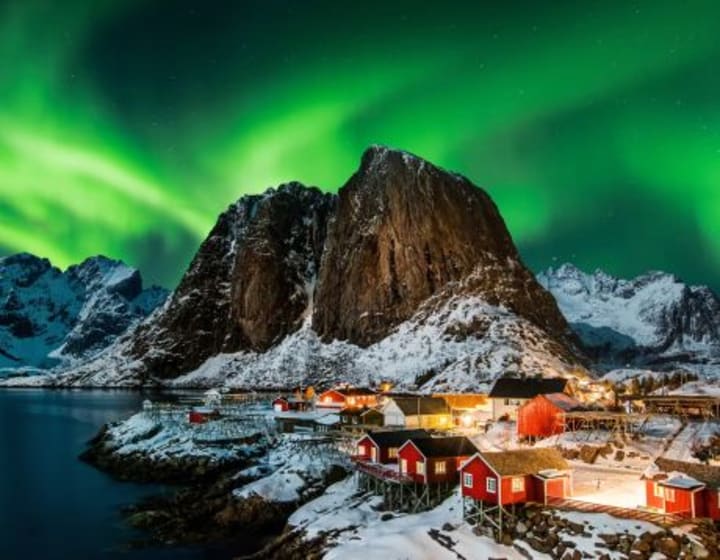
The Amazon Rainforest
The Amazon Rainforest is the largest rainforest in the world, and it's often considered to be one of the most remote places on Earth. The rainforest covers an area of over 2 million square miles, and it's home to a wide variety of wildlife, including monkeys, jaguars, and sloths.
Despite its vast size, the Amazon Rainforest is also one of the most threatened ecosystems on Earth, with deforestation and climate change posing a significant threat to the survival of the region's wildlife and indigenous populations.
Remote places offer a glimpse into a world that is still largely unexplored, with unique landscapes, wildlife, and cultures that are unlike anything else on Earth. Whether it's the icy expanses of Antarctica, the isolated islands of the South Pacific, or the rugged mountains of Svalbard, these places offer a chance to experience a world that has yet to be fully discovered. However, it's important to remember that many of these remote places are also threatened by climate change, pollution, and other human activities, and it's up to all of us to protect these fragile ecosystems for future generations to enjoy.
About the Creator
Aaron Volf
Discover a new perspective on life through my eyes. With a unique voice, attention to detail, and a passion for exploring new ideas, my writing will leave you inspired, informed, and eager for more.
Enjoyed the story? Support the Creator.
Subscribe for free to receive all their stories in your feed. You could also pledge your support or give them a one-off tip, letting them know you appreciate their work.


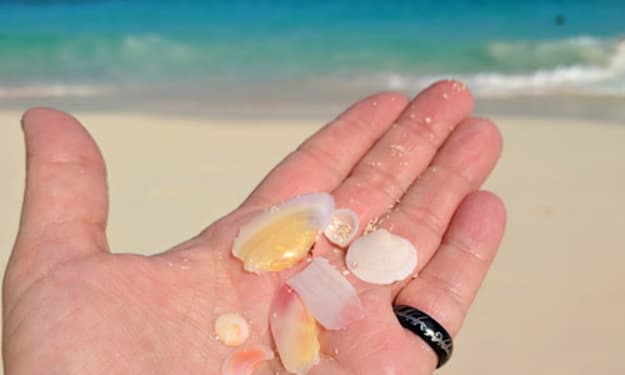
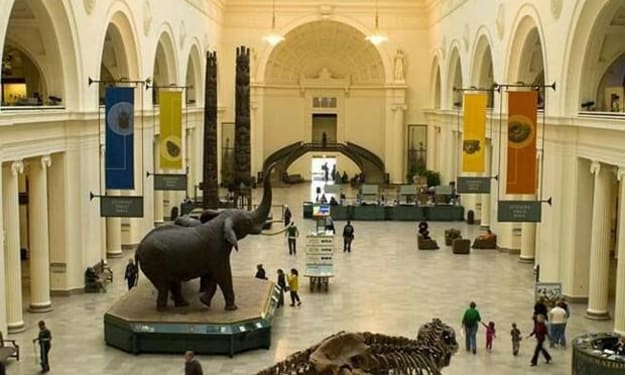


Comments
There are no comments for this story
Be the first to respond and start the conversation.